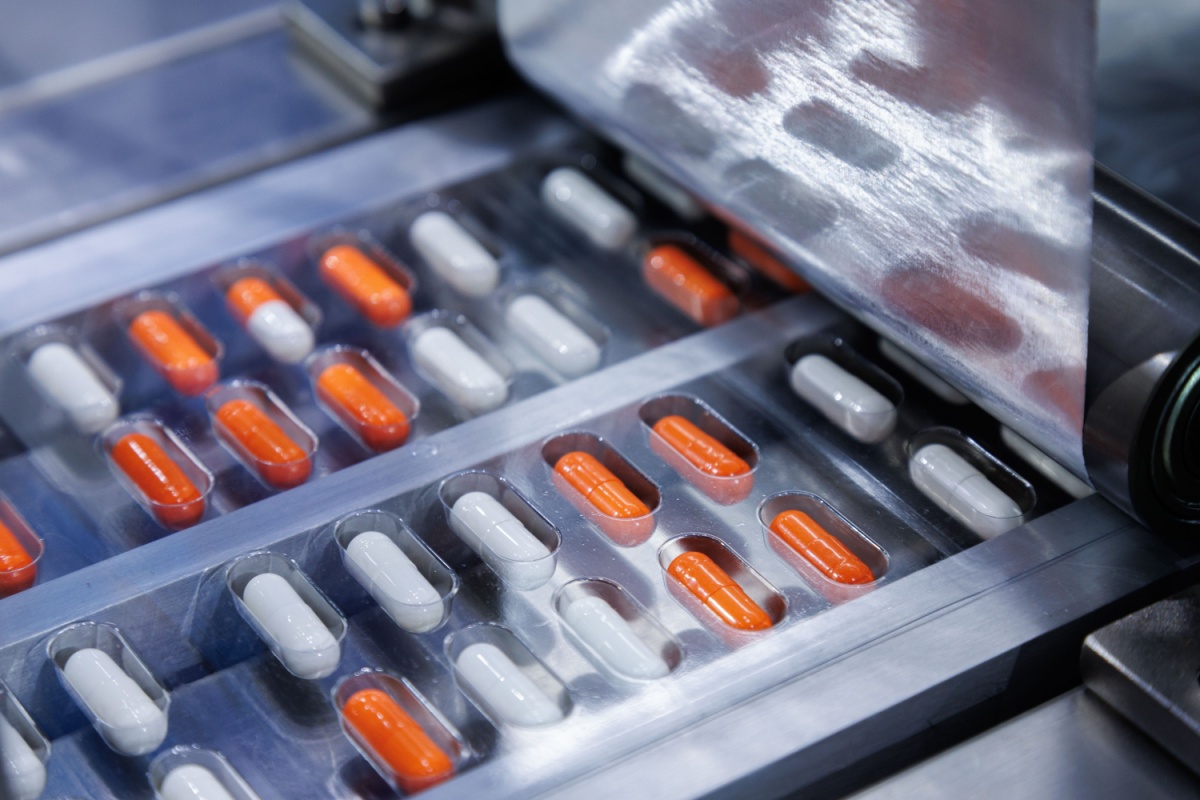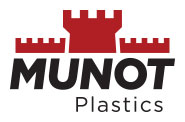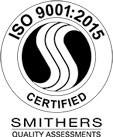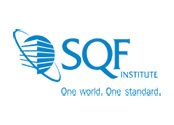
Plastic has become one of the most popular materials for product packaging because it’s lightweight, versatile, durable, and can be molded into virtually any shape or form. Whether you’re looking to protect food, electronics, pharmaceuticals, or consumer goods, plastic packaging is a cost-effective solution with strong visual appeal and reliable performance.
Of course, once you decide to invest in plastic blisters, clamshells, or trays, the next big question arises: Which type of plastic is best for your product?
The Most Popular Types of Plastic Packaging
Different materials offer varying levels of clarity, rigidity, impact resistance, and recyclability. Additionally, some are designed for single-use packaging, while others are suitable for repeated use or can be made from recycled content. Because of these differences, you need to understand which plastic materials will not only help your packaging look great but also perform well in your application and align with your sustainability goals.
Some of the most commonly used and effective materials in plastic packaging include PET, RPET, PCR, PP, HDPE, HIPS, PVC, PETG, and CPET. Below, we’ll explore what each type of plastic offers and which applications it’s best suited for.
PET (Polyethylene Terephthalate)
PET is one of the most widely used plastics for packaging, particularly in consumer goods and food industries. It’s lightweight, clear, and has excellent strength and impact resistance. Additionally, its high clarity makes it perfect for showcasing products, while its design protects against water vapor, gases, and oils, which is why it’s often used for food and beverage packaging since it helps maintain the freshness of the contents inside.
Common Uses:
- Beverage and water bottles
- Food containers and trays
- Cosmetic and personal care packaging
- Retail blister and clamshell packaging
RPET (Recycled Polyethylene Terephthalate)
As sustainability continues to drive innovation, RPET has gained popularity as an eco-friendly alternative to traditional PET. RPET is made from post-consumer recycled PET materials — such as used beverage bottles — and can provide nearly the same clarity and strength as virgin PET.
Manufacturers and brands favor RPET because it reduces energy consumption, conserves resources, and minimizes environmental impact. It can also help companies meet sustainability commitments without compromising quality.
Common Uses:
- Eco-conscious retail packaging
- Clamshells and blisters for consumer products
- Food containers (when certified for food contact)
PCR (Post-Consumer Recycled Plastics)
PCR plastic refers to any plastic made from recycled materials that have already been used by consumers. PCR can come in several forms, including PET, HDPE, or PP, depending on the base polymer. Using PCR helps reduce landfill waste and lowers the demand for virgin resins.
While PCR may have slightly reduced clarity compared to virgin materials, modern processing technologies have significantly improved its appearance and performance. It’s an ideal option for companies committed to green packaging initiatives.
Common Uses:
- Consumer goods packaging
- Food and beverage containers
- Industrial and commercial trays
- Sustainable clamshell packaging
PP (Polypropylene)
Polypropylene is a versatile and cost-effective plastic that offers excellent chemical resistance, rigidity, and heat tolerance. It’s particularly suitable for products that need to withstand high temperatures, such as those used in microwave or dishwasher-safe packaging.
PP also resists cracking and stress, making it ideal for hinge applications, including flip-top containers or reusable clamshells. Although it’s not as clear as PET, it provides a balance between strength and flexibility that’s hard to beat.
Common Uses:
- Food storage containers
- Medical and laboratory packaging
- Reusable or microwaveable trays
- Packaging with hinge-style closures
HDPE (High-Density Polyethylene)
HDPE is known for its strength, impact resistance, and versatility. It also has strong chemical resistance and performs well under various temperatures.
Because of its structural integrity and recyclability, HDPE is often used in both consumer and industrial plastic packaging. It’s also important to note that it typically has an opaque rather than transparent appearance.
Common Uses:
- Bottles for detergents, cleaners, and milk
- Food-grade containers
- Rigid blisters and protective trays
HIPS (High-Impact Polystyrene)
HIPS is a low-cost, rigid plastic known for its ease of fabrication and printing. It’s less brittle than standard polystyrene and has a smooth surface that makes it ideal for graphic printing or labeling.
HIPS is not typically used for food packaging that requires high clarity, but excels in non-food consumer packaging and product displays where cost-effectiveness and customization are priorities.
Common Uses:
- Packaging for products placed in point-of-purchase displays
- Electronic component trays
- Cosmetic and toy packaging
- Thermoformed inserts and clamshells
PVC (Polyvinyl Chloride)
PVC is a strong and durable material that offers excellent clarity, making it a long-standing favorite in packaging. It provides a good balance of strength, flexibility, and barrier properties. However, environmental concerns have led many manufacturers to explore alternatives with lower ecological footprints.
Despite this, PVC continues to be used in specialized packaging applications due to its durability and ability to be easily sealed.
Common Uses:
- Blister and clamshell packaging for retail items
- Medical device packaging
- Pharmaceutical blister packs
PETG (Polyethylene Terephthalate Glycol)
PETG is a modified version of PET that includes glycol for enhanced flexibility and durability. It maintains excellent clarity and toughness, making it an ideal choice for high-end packaging applications. PETG is also easier to thermoform and less brittle than standard PET.
Because of its impact resistance and aesthetic appeal, PETG is commonly used for packaging that requires both functionality and a premium look.
Common Uses:
- Cosmetic and personal care packaging
- Medical trays and equipment packaging
- Durable clamshells and display boxes
- High-clarity retail packaging
CPET (Crystalline Polyethylene Terephthalate)
CPET is a heat-resistant version of PET that can withstand both freezing and oven temperatures. This makes it an excellent choice for food packaging that requires temperature versatility — for instance, containers that go from freezer to oven or microwave.
CPET is opaque and has a high strength-to-weight ratio, ensuring that products remain protected during temperature changes.
Common Uses:
- Ready-meal trays and containers
- Oven-safe food packaging
- Airline or catering food trays
- Dual-temperature storage packaging
Choose the Right Plastic for Your Product Packaging
So, how do you determine which type of plastic is right for your product packaging? The answer depends on a thorough analysis of your product and brand objectives.
At Munot Plastics, our packaging designers and engineers collaborate with you to select the ideal plastic material based on performance requirements, regulatory compliance, and environmental considerations. Whether you need clear PET clamshells, durable PP trays, or eco-friendly RPET packaging, we have the technology and knowledge to deliver the perfect packaging solution.
Contact Munot Plastics today to schedule a consultation and discover how we can create customized, high-quality plastic packages that protect your product and enhance your brand.


